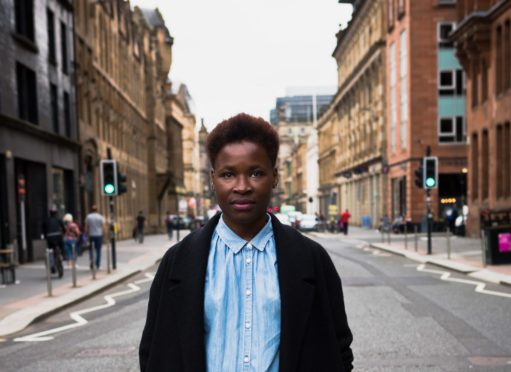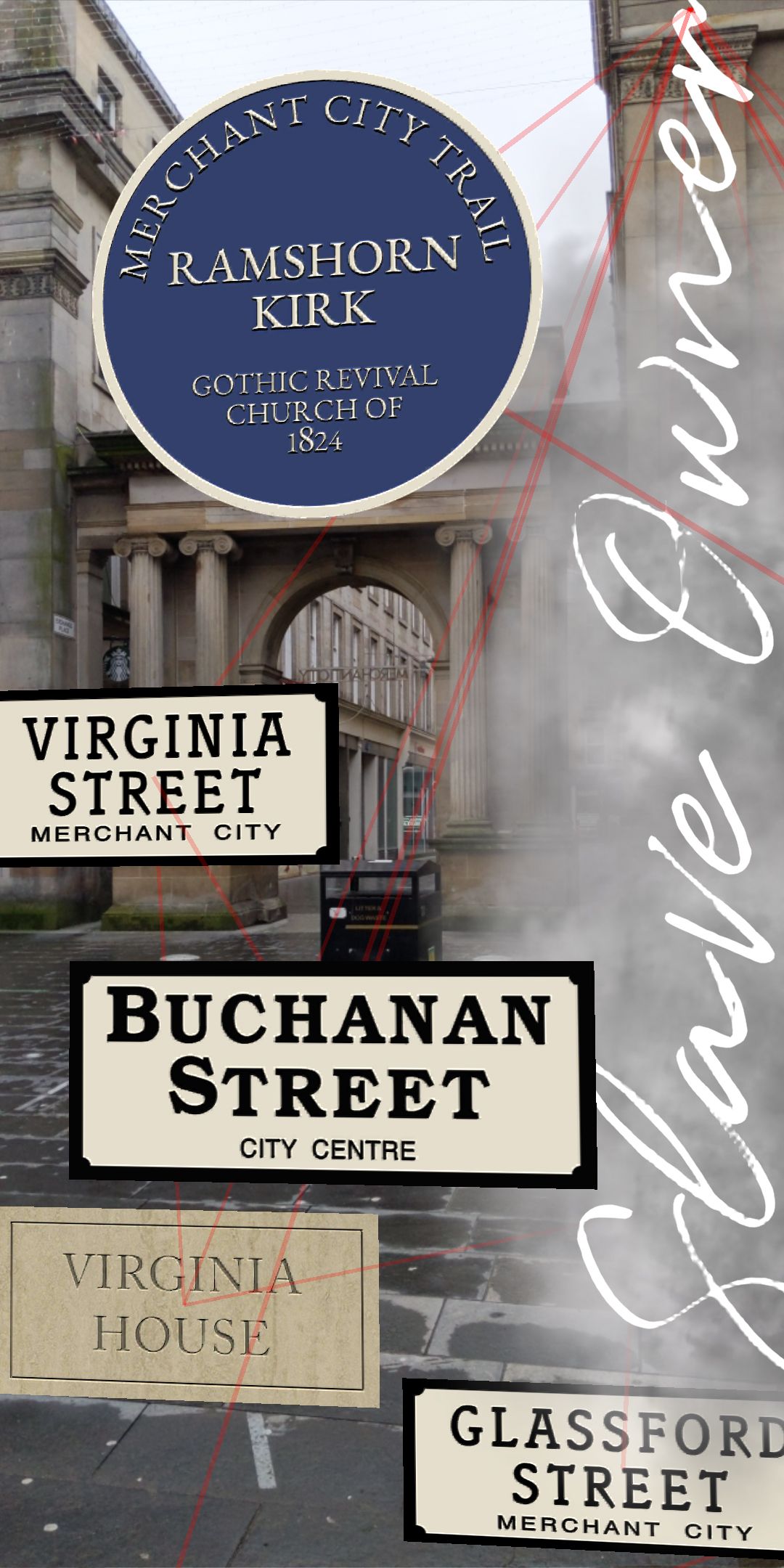
The National Theatre of Scotland has launched a new augmented reality app highlighting Glasgow’s connections to the transatlantic slave trade.
Taking place through the eyes of a young man in 18th Century Glasgow, the app, Ghosts, invites users to walk the streets of the Merchant City to the River Clyde while listening to stories from over 500 years of slave resistance.
Developed over the last seven years by lead artist Adura Onashile, Ghosts was inspired by adverts placed in newspapers for the capture of escaped enslaved people in Glasgow and Scotland throughout the 17th and 18th centuries.
The adverts have been collated in the University of Glasgow’s Runaway Slavery project , a searchable database or hundreds of real newspaper adverts published by the country’s slave-owners. The ads were often offering rewards for the return and capture of enslaved people who had managed to escape from indentured service.
Using AR visuals to complement the app’s stories and music, Ghosts takes audiences on a physical and emotional journey throughout Glasgow, a city whose certain place names – Jamaica Street, Kingston Bridge, Plantation – are still rooted in its slave past.
From adopting Scottish accents to escaping in Orkney: The stories of runaway slaves in Scotland
Onashile worked with researcher Adebusola Ramsay, composer Niroshini Thambar, historian Dr Peggy Brunache and developers at immersive design outfit Bright Side Studios to explore the legacies of Glasgow’s past through augmented reality to tell an urgent and essential story about the city.
“The young man that audiences will follow is our attempt to make real, over 500 years of history, rebellion, resistance and protest,” explained Onashile, an award-winning Glasgow based writer, actor and director.
“When enslaved Africans liberated themselves from their masters, they started a process that continues today.
“We don’t know what happened to him, and history hasn’t afforded him a name or presence, but this is our attempt at saying that he existed, and though we can’t be sure whether he ever found the refuge he was seeking, this is our attempt to put his ghost to rest.”
Glasgow has begun to acknowledge its former ties to the slave trade through a number of exhibitions, projects and campaigns.
Last year the University of Glasgow became one of the first educational institutions in the United Kingdom to attempt to openly atone for its historical links to the slave trade, announcing that it would pay £20 million as part of a restorative justice scheme.
Also in 2020, Glasgow Life appointed its first curator to look specifically at the legacies of slavery and the British Empire. The role was created to ensure the city’s museums continue to tell the story of the impact, which is still today reflected in society’s inequalities.
Ghosts, Accessible from April 26 to May 9 via the Apple App Store or Google Play.

Enjoy the convenience of having The Sunday Post delivered as a digital ePaper straight to your smartphone, tablet or computer.
Subscribe for only £5.49 a month and enjoy all the benefits of the printed paper as a digital replica.
Subscribe